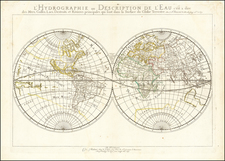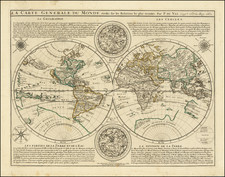Map of the Distribution of Marine Life, prepared for Keith Johnston's Physical Atlas by Professor Edward Forbes, F.R.S. of Kings College, London, and the Government School of Mines, is a comprehensive world map of marine biodiversity. Published in 1854 by William Blackwood & Sons in Edinburgh & London, the map delineates marine life distribution, with emphasis on fishes, molluscs, and radiata. Moreover, it demarcates the Homoiozoic belts, a pioneering endeavor for this atlas, all of which reflect the complex and intertwined nature of marine ecosystems.
The 1850s marked a pivotal era in scientific inquiry. Advances in marine biology, zoology, and geology led to an enhanced understanding of the intricacies of marine ecosystems. Edward Forbes, a prominent figure in these fields, was the President of the Geological Society and held esteemed positions at Kings College, London, and the Government School of Mines. His collaboration on this atlas, therefore, brings significant depth and authority to its content.
The map employs a color-coded system for easy identification: vertebrates are designated in red and invertebrates in blue. Detailed symbols denote various phenomena, such as the local and maximum development of a species, the influence derived from the Miocene Epoch of ancient Antarctic conditions, and the course of diffusion of Arctic types across various marine regions. The inclusion of such detailed annotations and classifications was particularly significant for the time, indicating a thorough and advanced understanding of marine biodiversity and its distribution.
In an inset at the lower right, the map extends its scope to the colonization of the British seas, specifically through molluscs and radiata. This focus showcases the depth of marine life research during this period, with particular attention paid to the western littoral types along the British coast. Another unique feature is the diagram illustrating various zones of depth across different seas, from the Arctic and Boreal Seas to the Mediterranean, Indo-Pacific, and South Australian Seas, which signifies the scope and range of marine habitats studied.
Lastly, the diagram depicting generic centers is a testament to the evolving comprehension of marine biology in the 1850s. It is an embodiment of the relationships that marine species share with their environments, providing scholars and enthusiasts with a holistic view of marine life distribution during this groundbreaking period of scientific exploration.









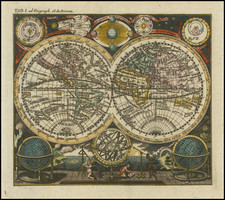
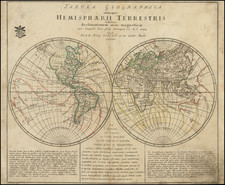
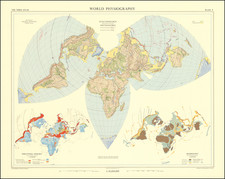
![Eastern Hemisphere [with] Western Hemisphere](https://storage.googleapis.com/raremaps/img/small/98321.jpg)
